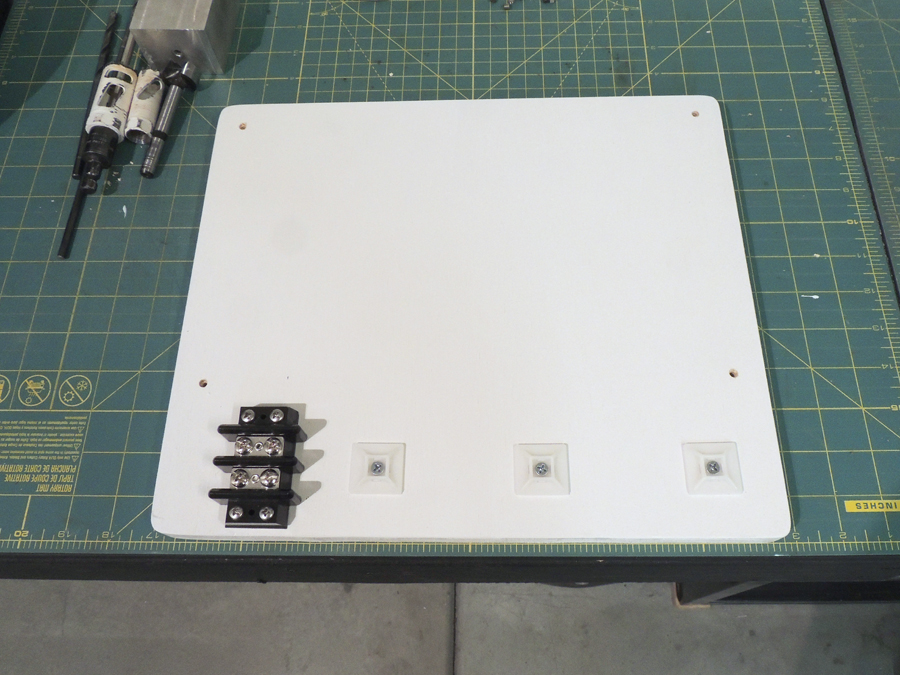I think you mentioned in an earlier post you didn't want to use an addt'l heater...I note this because as you finalize your design plan, realize it is a very simple thing to plug an Espar into the "loop" and I'm pretty sure no warranty impact. It'll run you about a grand or so and a straightforward DIY. This would be one alternative that would allow you to either just heat your water with diesel (Espar) to save electricity, electric (when you're on shore power) and if/when hooked to your engine, get hot water anytime you're driving/idling. IME, small 6.5gallon Isotherm square and basic models take about an hour of engine or Espar running (low - high = 1 - 4 amps draw and burn .08 - .16 gallons per hr...that's ~1-3 cups of diesel per hr) to get hot from start temp of ~40F and once they're hot, if mounted inside the insulated camper, they'll stay pretty hot with no additional heat for 6-8hrs at least. The Espar will also preheat your engine in winter. You'll basically be building a circuit for the hot coolant to run through the electric water heater, the Espar and the motor. You choose how you want the hot water given the circumstances. You'll need good hose, clamps, 3-4 full flow lever-controlled ball valves (the first three allow you to isolate the flow from the vehicle engine, the 4th allows you to pinch the flow), pipe to hose connectors and a pair of Tee fittings. There are a few configurations, depending on what you want to do: To envision a basic config, think of (or better yet draw) a flattened oval (this is your hot coolant circuit). Let's assume the coolant is flowing in a clockwise direction with the water heater and [optionally] espar located in the circuit around the 9 o'clock and the vehicle motor at the 3 o'clock. Remember, every one of these devices has a coolant inflow and outflow hose connection, and they're just plugged into the circuit, providing heat (engine, espar, electric htr elements) or absorbing/holding (hot water tank) heat via the circuit. Install a ball valve at the 12 and 6 o'clock positions, connect each to a Tee connector just to the right, and then connect the two Tee's with another ball valve (oriented "vertically"), essentially allowing you to cut your oval coolant circuit in half when toggled on/off to isolate the flow....the 4th ball valve would be located in the ~2 o'clock position (just before coolant from the heater(s) enters the vehicle engine) so that in hot weather/high temp conditions, the flow of coolant flowing to the espar/water htr is slowed to a trickle because the coolant circuit has been slowed..so you don't unnecessarily overheat your water heater, most htrs have a pressure release valve that kicks off at a preset temp/bar around 200-210F IME. Alternately, when you close your 6 and 12 o'clock ball valves and open the "vertical" ball valve, your engine coolant will flow on it's own shortened circuit just not to the espar/water heater. None of these will do anything negative to impact your engine's ability to cool itself: all the coolant in your "circuit" is extra and any use of it will actually help cool your coolant (my diesel coolant temp runs about 5F cooler with the circuit open and everything is warmed up) because it is dropping heat throughout the system, even if your hot water tank is already hot, the whole circuit is going to be radiating some heat. The configuration I've just described is the total package but the same principles could easily be applied to just employ the espar and your electric water heater with no connection to the engine, or just the engine and the electric water heater and no espar. For hose, check out Gates Durion (you can order this at O'reilly auto, pricey but good to 400F, use their clamps too, they don't cut into the silicone) and Groco and Apollo SS and/or bronze inline ball valves, pipe-to-hose connectors and Tees are easy to work with and marine grade so they'll last a while underneath/outside your rig.

